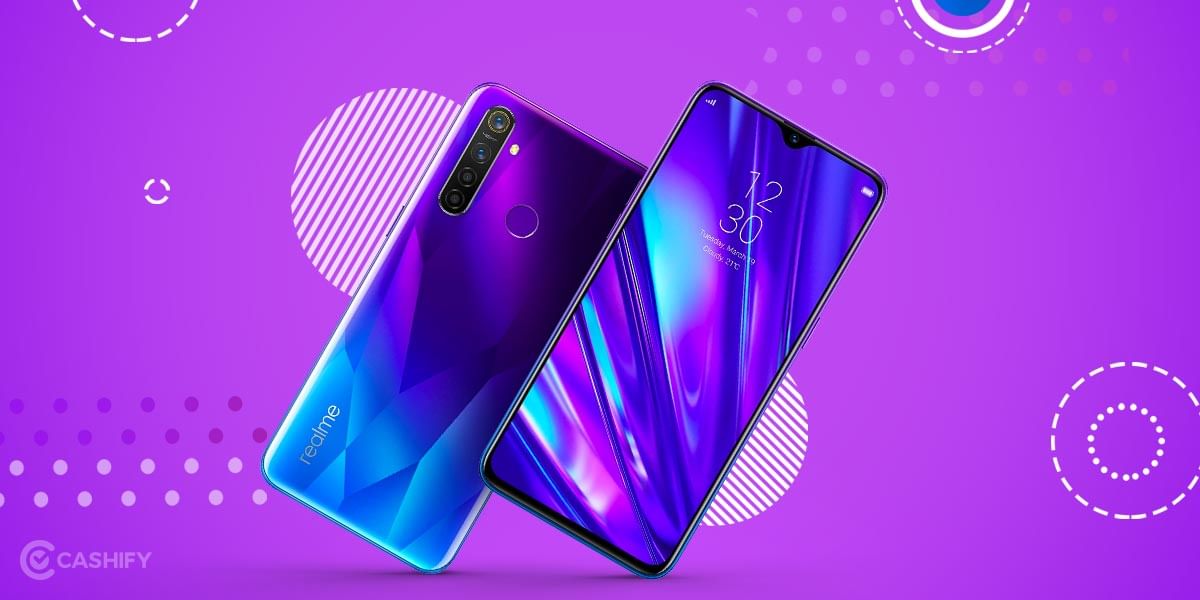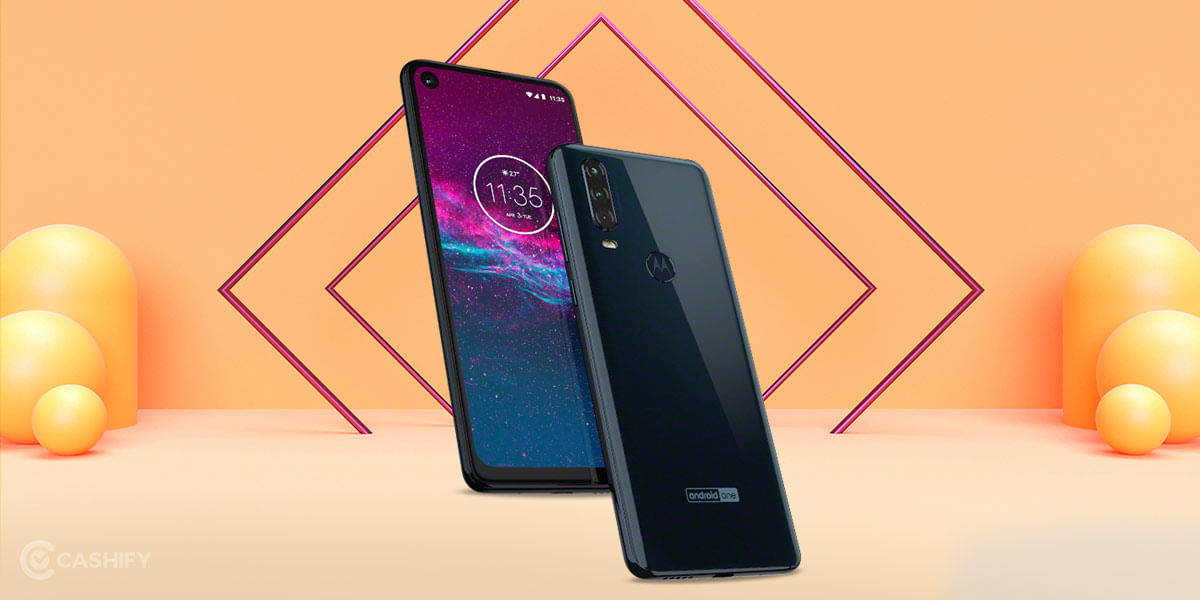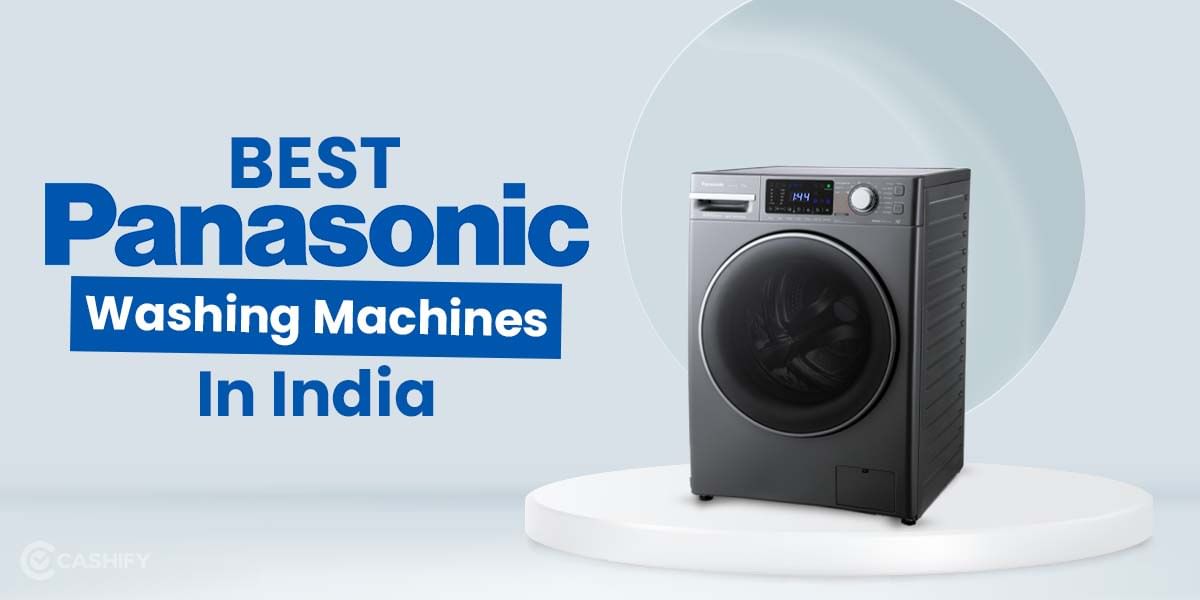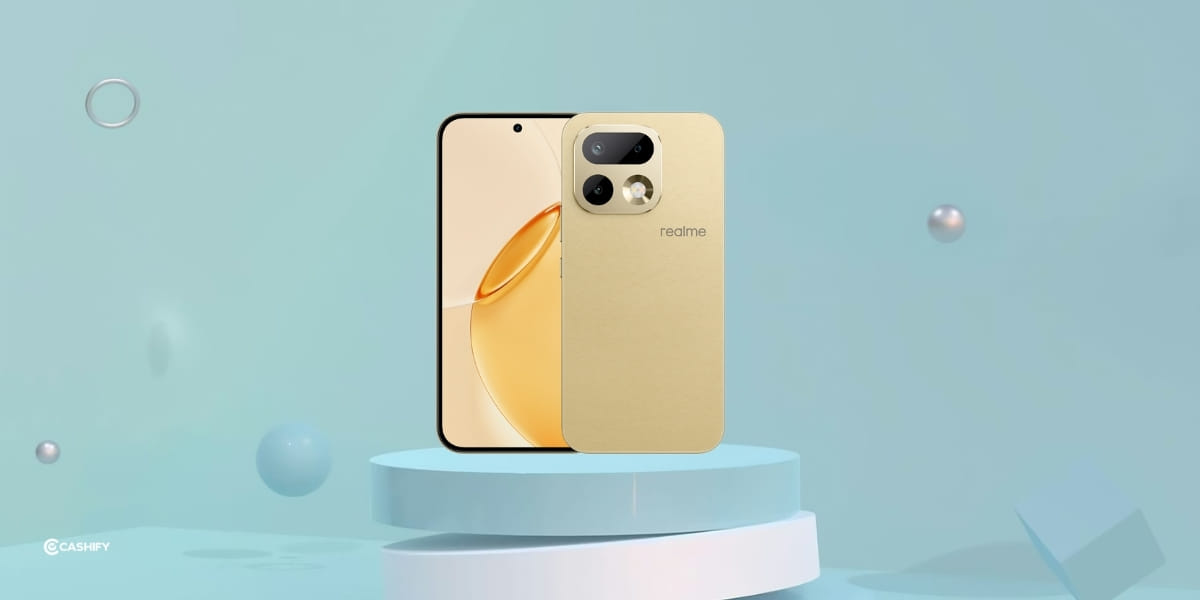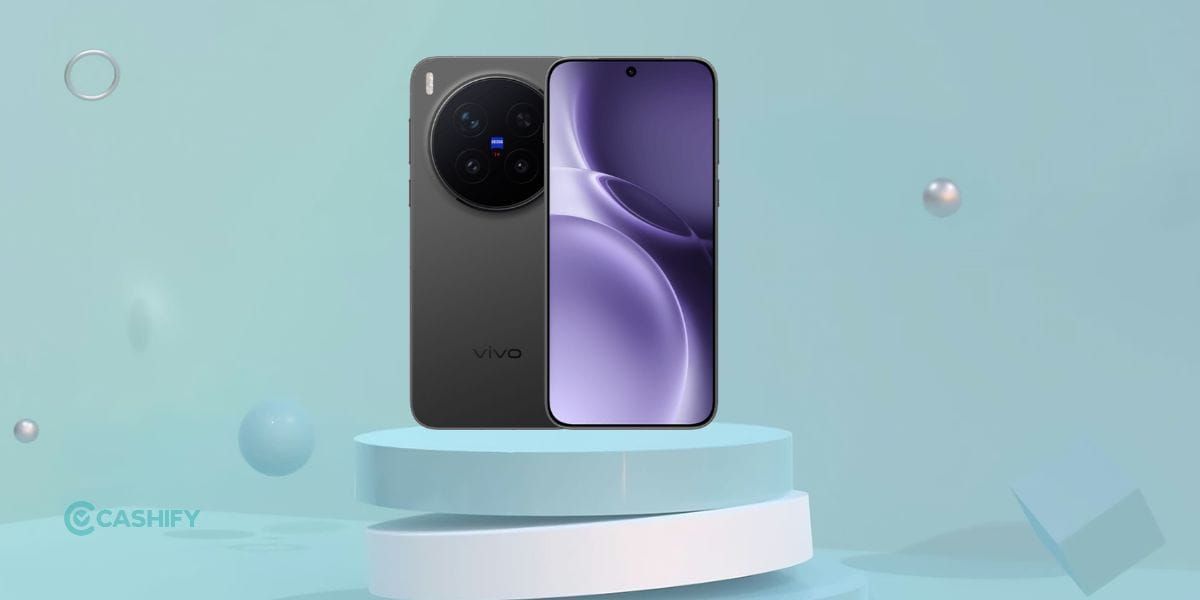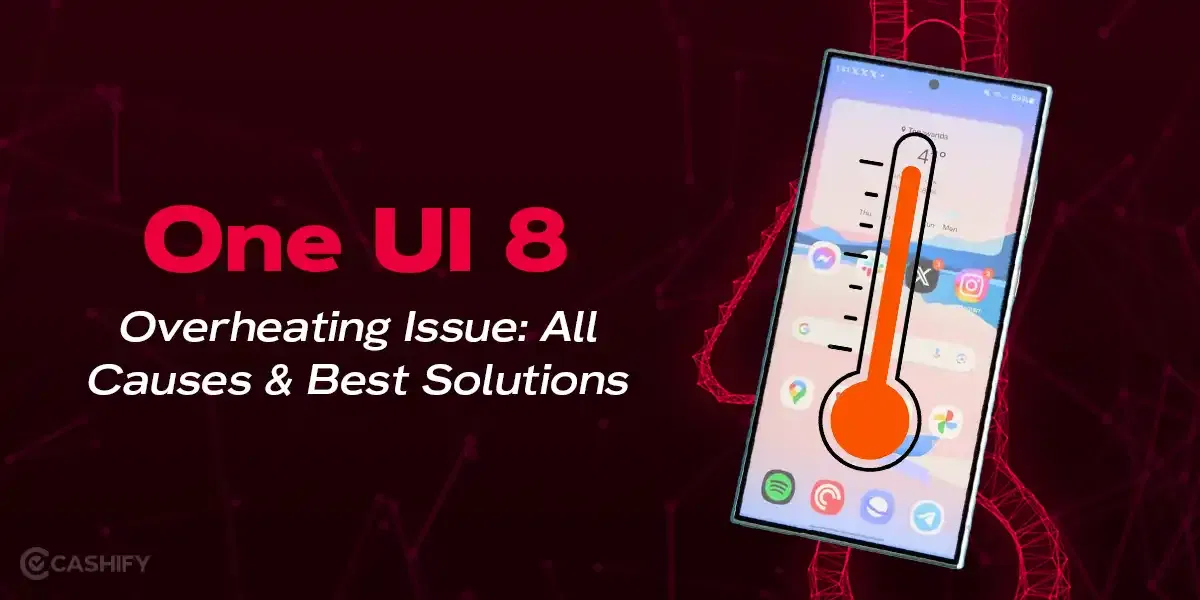Introduction
We have stressed numerous time on the fact that the Indian budget and mid-range smartphone scenario is currently the most aggressive market right now. With smartphone makers launching devices nearly every day, it is tough to carve out a niche for a newly born brand. Well, that’s not the scenario for Realme. The brand is almost a year old, and it has managed to give fierce competition to the likes of Xiaomi.

Realme has now launched yet another smartphone dubbed Realme XT, expanding its portfolio. The smartphone comes with a massive 64MP camera sensor along with a quad-camera module and a 4,000mAh battery. It is the first smartphone in the country with a 64MP primary sensor. Is this just another gimmick done, or does it manages to live up to the expectations? We’ll try to uncover these questions in this comprehensive review of Realme XT.
Price in India, Variants, Availability
Realme XT comes in three memory variant – 4GB+64GB, 6GB+64GB and 8GB+128GB options. As for colors, the smartphone is available in two options, namely Pearl White and Pearl Blue. The base variant of the smartphone is up for grabs for INR 15,999, while the top-end model will set you back INR 18,999. The middle variant, on the other hand, is priced at INR 16,999.
The smartphone is exclusively up for purchase via Flipkart and Realme’s official website. At the time of writing this review, Realme is offering a one year extended warranty on the device along with 10% cashback on the payment made using ICICI Bank credit EMI.
Box Contents
Just like any other Realme device packaging, this one too features a device’s image on the front along with the company branding. I would love to see the budget companies going for minimal and simple packaging. Opening the lid, the first thing you’ll come across is the section that contains paperwork, transparent black case, and SIM ejector pin. Right underneath this, you will find the device itself covered in the protective film.
Apart from the device, there is a 20W VOOC 3.0 fast charger that uses the USB Type-C cable for charging. It’s good to see budget brands integrating the latest standard of USB in their devices.
Here is a quick overview of what you’ll be getting inside the box:
- Realme XT
- VOOC 3.0 20W fast charger
- USB Type-C cable
- SIM ejector pin
- Transparent back case
- Manuals and documentation
Specs at a glance
Before we jump right to our in-depth review, let’s have a look at the key specs first.
- Display: 6.4-inches Super AMOLED panel, 1080×2340 pixels, 402ppi
- Processor: Snapdragon 712, 10nm
- GPU: Adreno 616
- RAM & ROM: up to 8GB, up to 128GB
- Software: Android 9.0 Pie, ColorOS 6
- Rear cameras: 64MP+8MP+2MP+2MP
- Selfie camera: 16MP, f/2.0
- Battery: 4,000mAh capacity, 20W fast charging
- Weight: 183g
- Dimensions: 158.7×75.2×8.6mm
With key specs cleared out of the way, let’s talk about the very first aspect of the review.
Design and Build Quality
One thing which Realme’s budget smartphone always managed to impress me is in its design and visual appearance. Every single Realme smartphone, which I have earlier used, features an appealing visual look with the unique gradient design. Although the devices look premium, they are made up of polycarbonate material. With Realme XT, the smartphone maker has managed to up the ante a little bit by introducing the Corning Gorilla Glass 5 on both back and front.
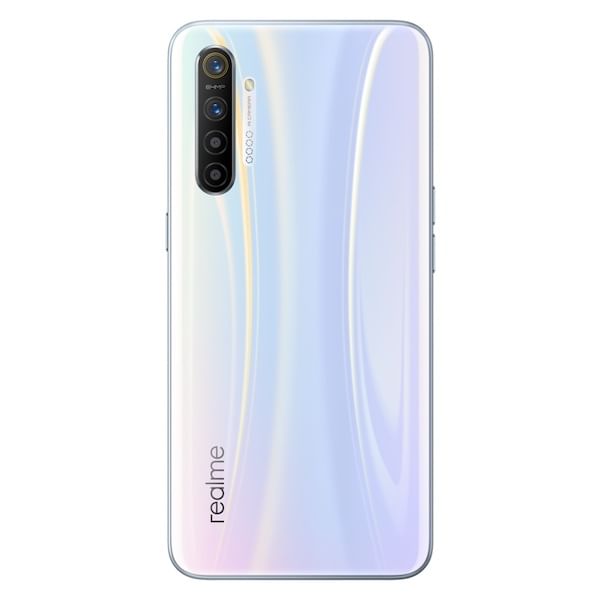
With this simple addition, the build quality of the device has significantly improved. You can now feel the premium in-hand feel while using this device. There is a quad-camera setup on the back aligned in the vertical position. You will also find the Realme branding in an upright position on the extreme left side of the back. Apart from these two, there is nothing much going on the backside.
On the front side, there is a large AMOLED panel with thin bezels and waterdrop notch. The power button is located on the right while the volume rocker can is on the left side. All these buttons are positioned correctly and offer great tactical feedback. At the bottom, you will find the USB Type-C port, 3.5-mm headphone jack, and a speaker grille. Apart from these, the display uses the in-display fingerprint sensor, which we will talk about later.
With 183g weight and 8.6mm thickness, Realme XT feels very premium in hand is lightweight enough. Overall, Realme XT does not disappoint us in terms of design and build.
Display
Realme XT is equipped with a 6.4-inch Super AMOLED display having a waterdrop notch that houses the front selfie camera. The screen has a resolution of 2340×1080 pixels and a pixel density of 402ppi. As mentioned earlier, it has a Corning Gorilla Glass 5 protection. Thanks to the thin bezels and notch, the device manages to reach 84.7 percent in screen-to-body-ratio.
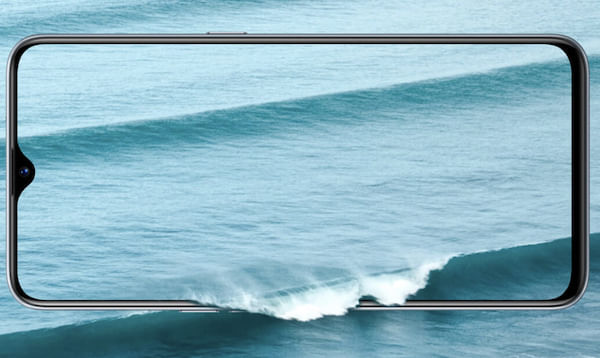
In essence, the display of Realme XT is pretty good, and the color looks fantastic. The default color temperature is pretty good, churning out a perfect balance between cold and warm tones. The brightness can peak to up to 430 nits meaning you should not face any issue under direct sunlight. Since it is an AMOLED panel we’re talking about, the colors are entirely accurate, saturation is perfect, and the black are deeps.
The smartphone comes with Widevine L1 certification meaning you can watch HD content on streaming apps such as Netflix and Prime Video. Comparing to the competitors, the display of Realme XT is pretty decent, and an AMOLED panel is like an icing on the cake.
Performance
Under the hood, Realme XT is powered by the Qualcomm Snapdragon 712 chipset coupled with up to 8GB of RAM and up to 128GB onboard memory. The smartphone uses UFS 2.1 standard for storage. The Snapdragon 712 SoC is manufactured using a 10nm fabrication process and consists of eight cores. It includes 2x Kryo 360 Gold clocked at 2.3GHz and 6x Kryo 360 Silver clocked at 1.7GHz. For graphics, the smartphone makes use of Adreno 616 GPU.
The Snapdragon 712 is a mild upgrade over the Snapdragon 710 with slightly faster CPU performance. For normal day-to-day-usage, the device performs extremely well and gives us no reason to complain. Even during the heavy multitasking, we didn’t notice any stutter or lag. Switching between apps is a pretty breezy experience, and the apps stay in memory for a more extended period thanks to massive RAM support.
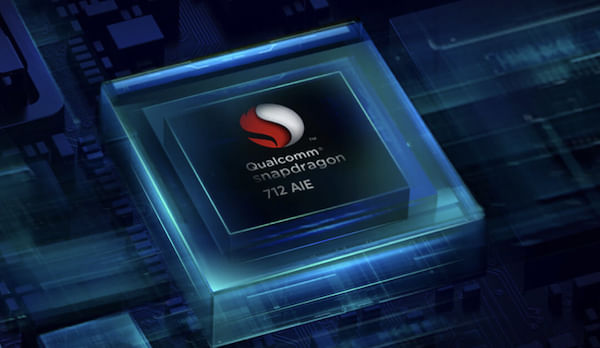
Coming to gaming performance, you can run all the latest games on your device pretty efficiently. The Pubg Mobile runs on the device at the highest setting with occasional minor lags. If you’re good with small frame drops, you can buy the device. If you’re serious about the gaming experience, then looking elsewhere might be the right decision. Furthermore, the internal storage should be enough for most users out there. If not, you can always expand the internal storage using the MicroSD card. Lastly, a 6GB RAM variant should be a decent optimal choice since, for most users, 8GB RAM would be an overkill.
Software
Realme XT runs on the latest version of Android, i.e., Android 9.0 Pie based on the ColorOS 6. The user interface looks like any other Realme smartphone, although I am not a big fan of ColorOS skin. There are plenty of useless bloatware apps installed on this device. You can uninstall the bloatware apps to free up some more space, but the amount of unwanted apps is massive here. The entire pane comes with pre-installed apps.
Although the newer version tries to offer a cleaner look, Realme XT, in our opinion, fails miserably. The smartphone comes with OSIE Vision Effect, which is designed to enhance the photo viewing experience. We tried testing this feature on various scenarios, but it seemed more like a gimmick to us. With that said, we are not implying that the entire user experience is terrible. But, no doubt, the UI contains a few elements that the brand needs to focus on.
We have not stressed enough on the fact that Realme or Oppo needs to change their user interface to make it much cleaner.
Cameras
In the budget smartphone segment, Realme has started offering a quad-camera module on almost every other new device now. That goes for the Realme XT too. The quad module consists of a 64MP primary sensor (f/1.8), 8MP ultra-wide-angle lens, 2MP depth sensor, and 2MP macro lens. The thing which separates this device from the other featuring four-camera is the primary lens.
The device uses Samsung ISOCELL GW1 64MP sensor for the primary purpose. Because of Pixel-binning, the camera outputs 16MP images. In daylight, the standard shots come out to be pretty good. You will do find some noise while pixel zooming the clicked pictures. The exposure is pretty decent, and so is the color accuracy. You can also use the Chroma Boost option to boost the saturation even further. Switching between the primary and ultra-wide-angle lens is just one tap away.
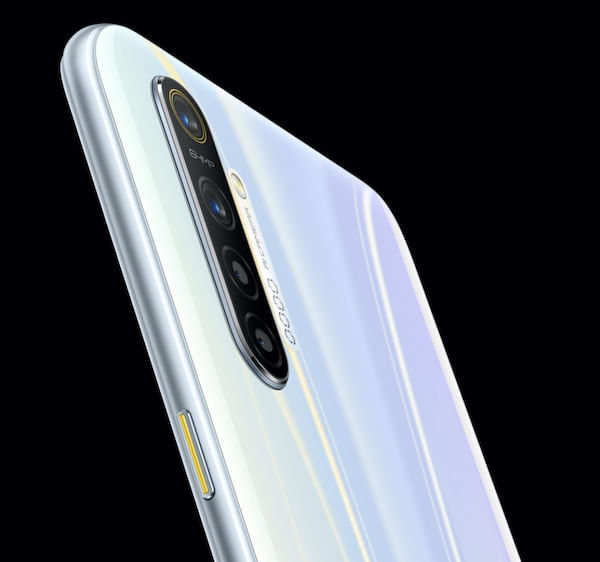
The wide-angle lens crops the photos to apply distortion correction. As expected, the clicked shots from the wide-angle lens are a little noisy, and the dynamic range is not that great. But that’s the case with all the devices at this price range. Back to the primary sensor, there is not much difference between the 64MP output and 16MP output. The sensor isn’t even meant to use at the highest megapixels. It is worth mentioning that using the full resolution will also result in large file sizes for minimal changes.
In lowlight scenarios, the camera performance is okayish, and we noticed an increased level of noise. There is a night mode that does brighten the images by lowering the shutter speeds. The macro mode is something that we found quite useless. Using macro mode reduces the sharpness significantly, which is the reason you should not use it in this device.
For selfies, there is a 16MP front snapper housed under the waterdrop notch with an aperture of f/2.0. The selfie camera clicks decent shots in the daylight conditions with the right level of details, adequate exposure, and excellent dynamic range. In low light conditions, the level of detail decreases, and so does the dynamic range.
Lastly, the video recording on the device is capped at 4K @ 30fps while the 1080p mode at 60fps. There is electronic image stabilization, which works only for the 1080p recording. If you have steady hands, you can get the less shaky videos at 4K recording. The video quality is pretty decent, with better color and dynamic range.
Battery Life
Realme XT is fueled by a massive 4,000mAh battery packed inside that supports 20W fast charging. The battery life is enough to last for an entire day on a single charge for a heavy user. In some cases, you can even hit one and a half days without charging it. Our daily usage looks something like this – Bluetooth & WiFi always-on, constant text messaging, few sessions of Pubg Mobile, numerous calls, music playback, and lots of taking pictures.
The device also comes with a VOOC 3.0 fast charger that can fill up your device from zero to 100 percent in just 91 minutes. A substantial 30-minute charge would give you up to 51% of juice.
Audio, Connectivity, Biometrics
For audio, Realme XT features a single downward-facing stereo speaker who gets sufficiently loud. At the max volume, we did notice some distortion, but the amount of depth was not compromised. At this price range, you’re getting a decent audio experience. Furthermore, there is a 3.5-mm headphone jack located at the bottom, which offers a clean and neutral output. The device also comes with Bluetooth aptX, aptXHD, and LDAC support for improved audio via wireless connectivity.
Coming to the connectivity, the device comes with all standard features such as dual-band WiFi, Bluetooth 5.0, GPS, FM Radio, and USB Type-C port for charging. There is no NFC support for mobile payment and a one-tap pairing request.
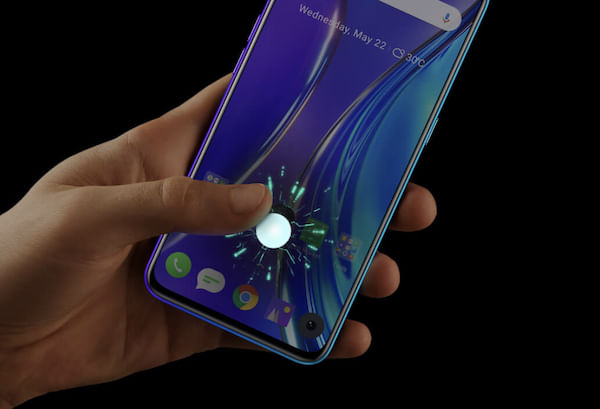
There is an in-display fingerprint sensor, which, in simple words, is the fastest sensor at this price range. The sensor is quite accurate, reliable, and secure. Additionally, you can also make use of the Face Unlock, which uses front camera and 2D map representation to detect your face. As expected, it is not that secure and accurate.
Pros & Cons
Pros:
- Visually appealing design
- Quad camera setup
- Smooth performance
- Long-lasting battery
Cons:
- Software needs improvement
- Occasional lags while gaming
Realme XT is a smartphone that offers impressive value-for-money at this price range. With premium design and power-packed hardware, the smartphone is suitable for both averages as well as aggressive users. We noticed no scenarios of lags, stutter, or massive frame drops while gaming. It does have a versatile camera module, but the overall experience is just decent. And I guess that is what you can get at this price tag.
Software, on the other hand, is going to be a primary decision-maker. If you can handle an iOS look-alike software with average user experience, then you can go for this device. For those who want cleaner user experience, going for other smartphone makers might make more sense. Except for software, there is nothing wrong with the Realme XT smartphone. Ignoring that, this device offers tremendous value for money.

